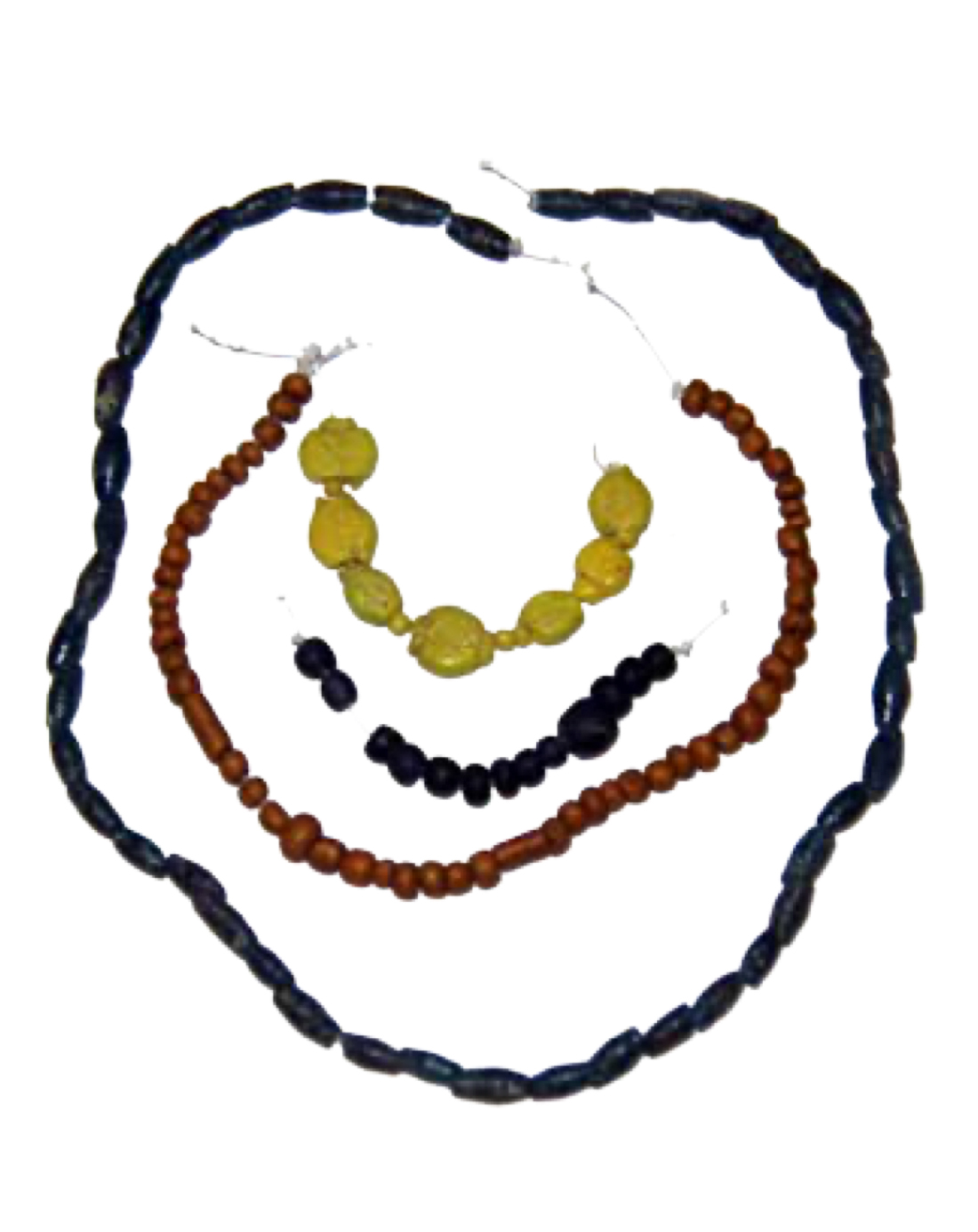Your basket is currently empty!

Madurai, also described as “Athens of South India” due to its ancient cultural heritage, is home to various Palaeolithic, Neolithic, and Megalithic sites. It was previously proposed that urbanisation of ancient Thamizhakam began with 3rd century BCE. In 2019, excavations from Keezhadi pushed the date behind to 600BCE. Carbon dating done on organic material retrieved from archeological excavations in Sivakalai, Thoothukudi district revealed that Thamirabarani civilisation in Tamil Nadu is at least 3,200 years old. Organic material found here – reportedly rice, in a pot – was dated to 1155 BC. Archeological report claimed that together with findings at Adichanallur and Korkai, dated to the ninth and eighth centuries BC, respectively, the discovery “firmly” establishes the existence of a mature civilisation along the Porunai (Thamirabarani) river. The remains of Prounai river civilisation debunks the theory that 2nd urbanisation of India started in Gangetic plains and later spread southwards. Knowledge of costume and clothing of Porunai river civilisation comes from Keezhadi archaeological excavations which include items of golden ornaments, ear ornaments, spindle whorls, terracotta beads, and semi-precious stones like agate, carnelian, crystal etc. Archeologists & historians have also speculated that ancient Thamizh country might have traded commodities like pearl, gemstone, textile, and perfumes with South-East Asian countries, Sri Lanka, Egypt, Rome, Greece and China.
CLOTHING OF VAIGAI VALLEY CIVILISATION
Excavations at Keezhadi include weaving tools like spindle whorls, bone-tip & copper needles, hanging stones of the yarn, terracotta spheres, and earthen vessels to hold liquid which clearly attest the various stages of weaving industry from spinning, yarning, looming and weaving, later for dyeing.

Unlike the weaving artefacts which has survived over thousands of years, the fabric itself doesn’t stand the test of time. However, Akam & Puram poetry of later Sangam era specify that people wore clothes called “Kalingam”. Puram states that people of ancient Thamizhakam wore clothes of spun cotton and silk. Akam also suggests that Ashoka tree leaves, punnai flowers, coconut fibre, animal hair (wool) were used for the purpose of clothing. With the evidence of weaving industry from Keezhadi excavations, it is likely that the clothing material culture mentioned in Sangam texts have been in use at least since 600BCE at Vaigai Valley Civilisation.
Excavations from another archaeological site Adhichanallur, about 15 kms from ancient Pandyan capital of Korkai contained various artefacts dating between 905 and 696 BCE. A palm size bronze figurine excavated from Adhichanallur, dating to 1000BCE featured waist-wrap costumes similar to Indus Valley figurines. References from Silapathikaram, Kalithokai and other Sangam works composed in 1st millennium CE confirm that women (like Kannagi and Madhavi) wore only lower garments from the loins downwards to the ankles. It is very likely that people who lived in Keezhadi during 600BCE primarily covered only the lower part of the body – a costume culture that’s evident in Adhichanallur figurine and survived well until the times of 1st millennium CE.

JEWELLERY & ORNAMENTS OF KEEZHADI
The occurrence of seven gold ornaments, copper articles, beads of gems, more than 4000 beads of semiprecious stones, glass beads, shell bangles, ivory bangle pieces, comb and terracotta objects indicate the cultural richness and economic prosperity of Keezhadi.




SIMILARITIES BETWEEN PORUNAI (THAMIRABARANI) RIVER CIVILISATION & INDUS VALLEY CIVILISATION
The urban town planning, structural engineering, brick structures, terracotta ring wells, fallen roofing tiles with double holes and deeply finger pressed grooves to draw rain water as well as the material culture of artefacts, evidence of cattle rearing, and graffiti of Keezhadi carry uncanny resemblances to that of Indus Valley Civilisation.









4 responses to “Costumes and Clothing of Keezhadi / Porunai River (Thamirabarani) Civilisation”
Hi
Thanks for this amazing Post.Highly informative work in showing similarities in both civilisations.
Thanks for sharing the costumes and clothing of Keezhadi’s Vaigai Valley civilisation. Worth reading!
thank you so much amazing content

Leave a Reply